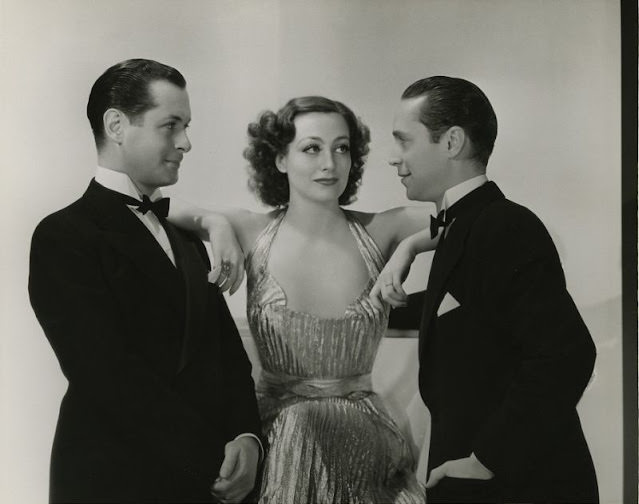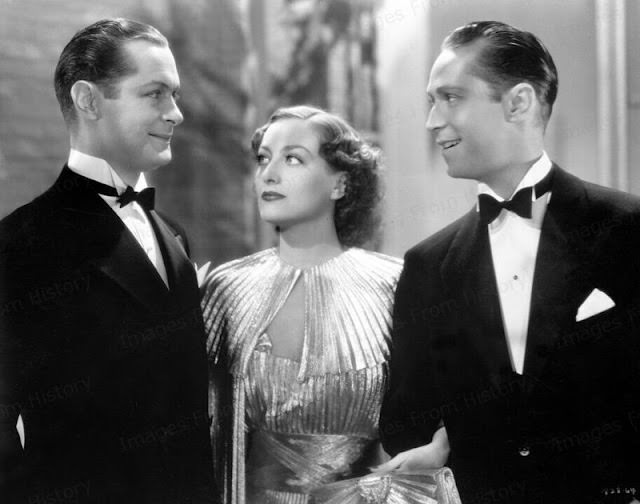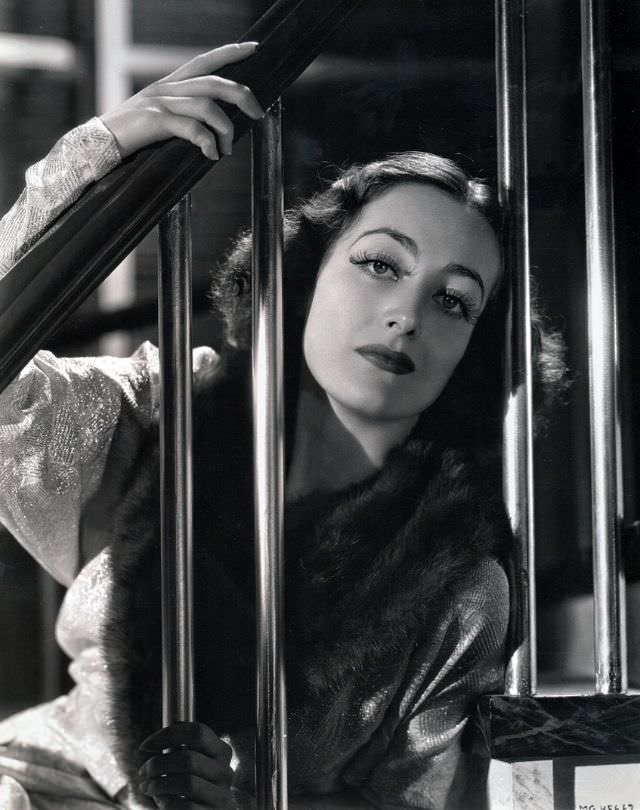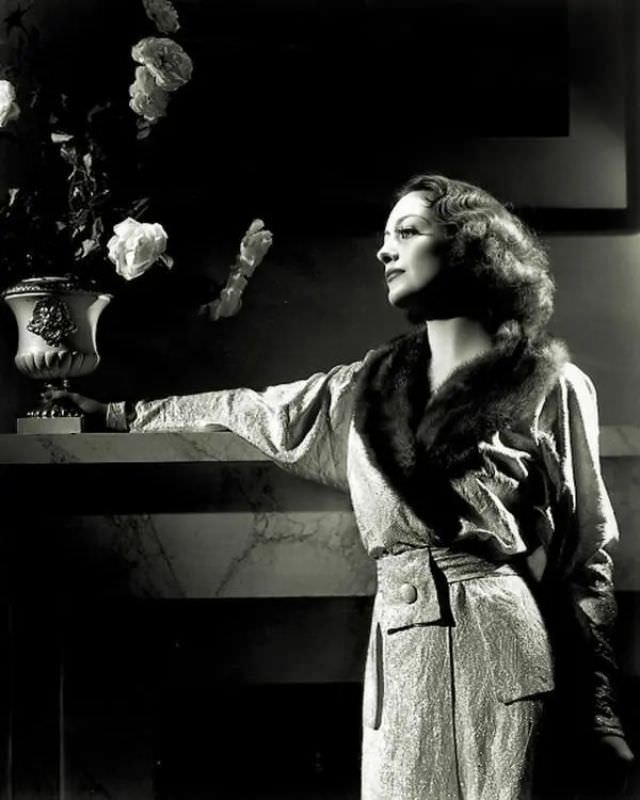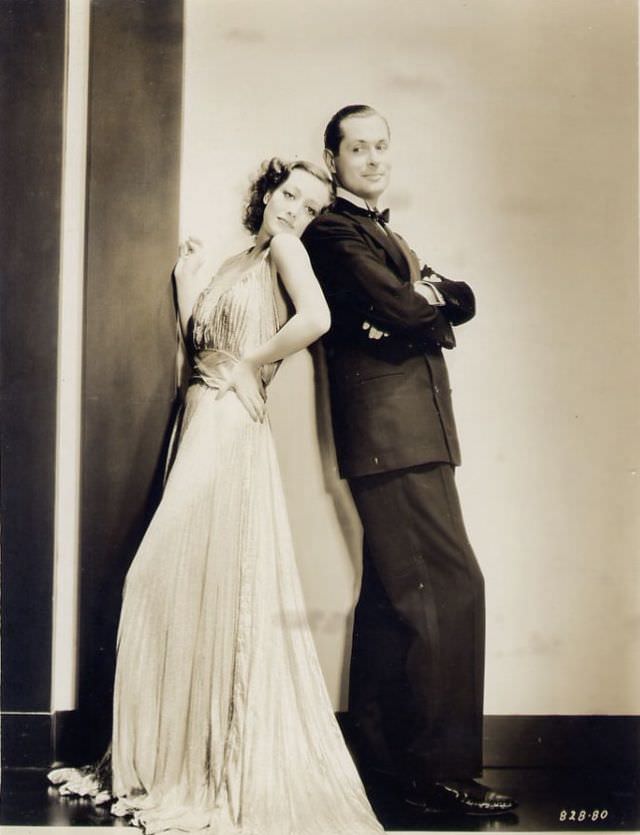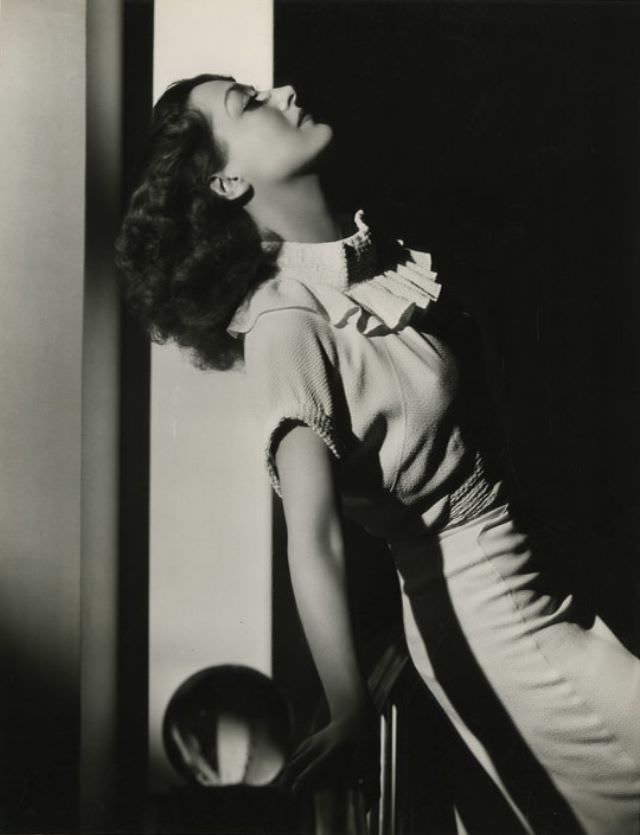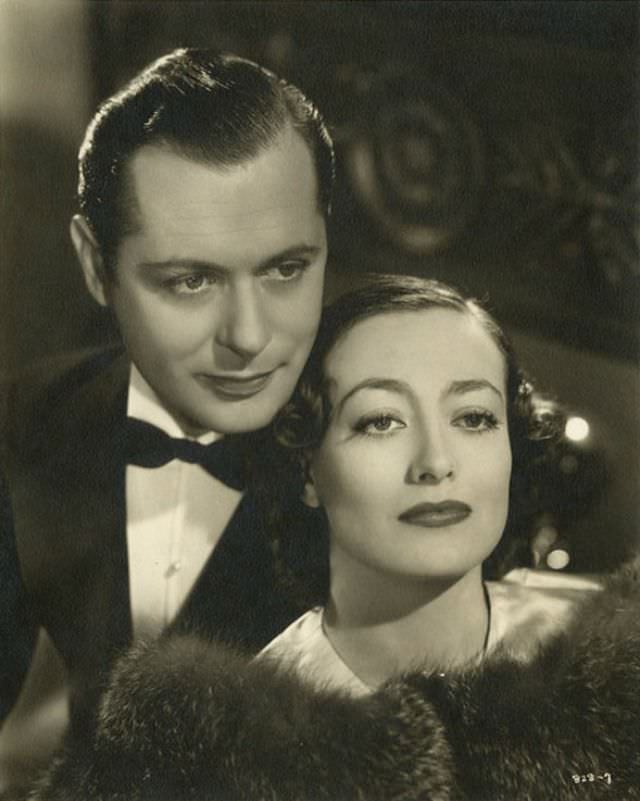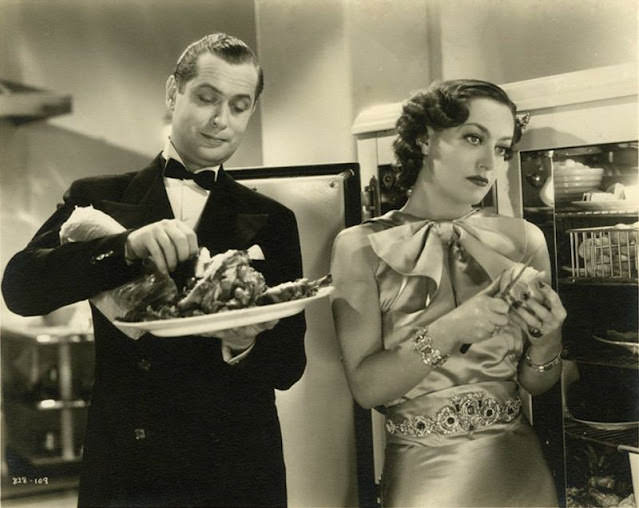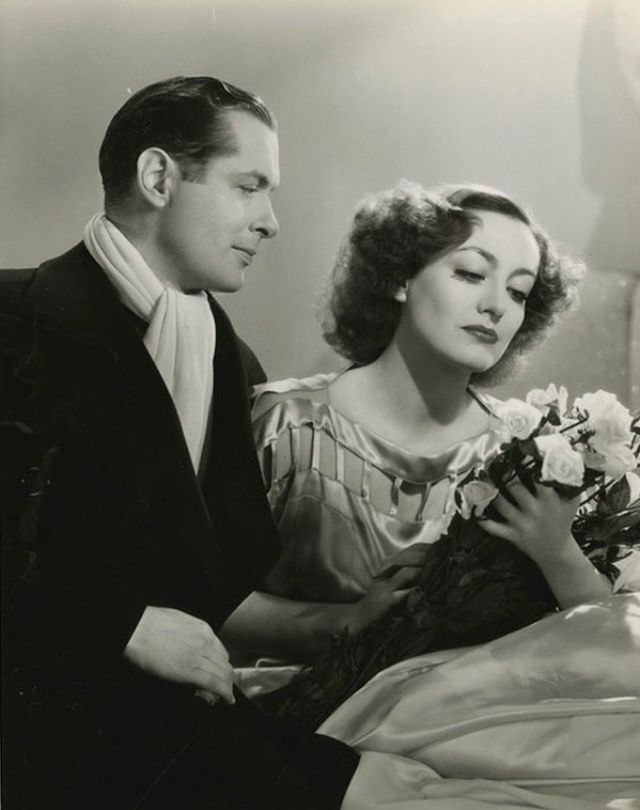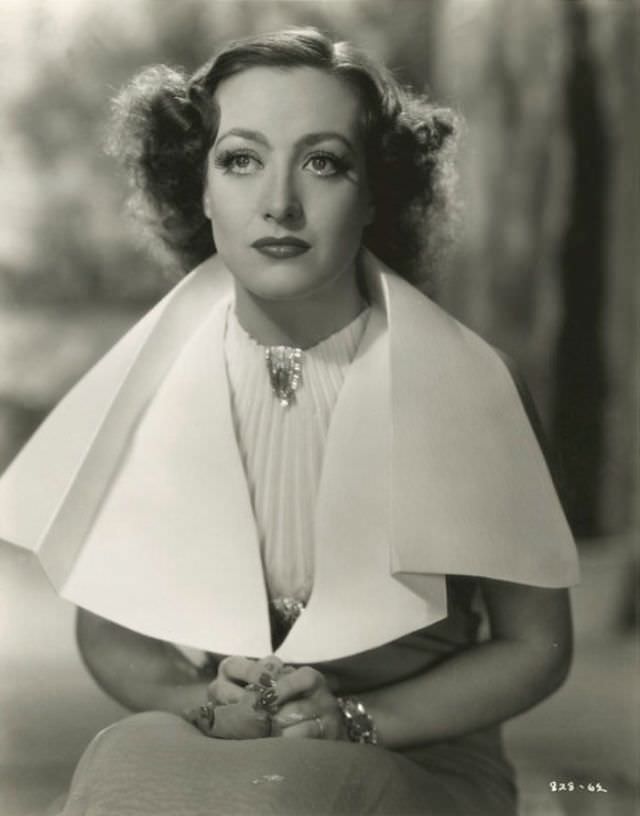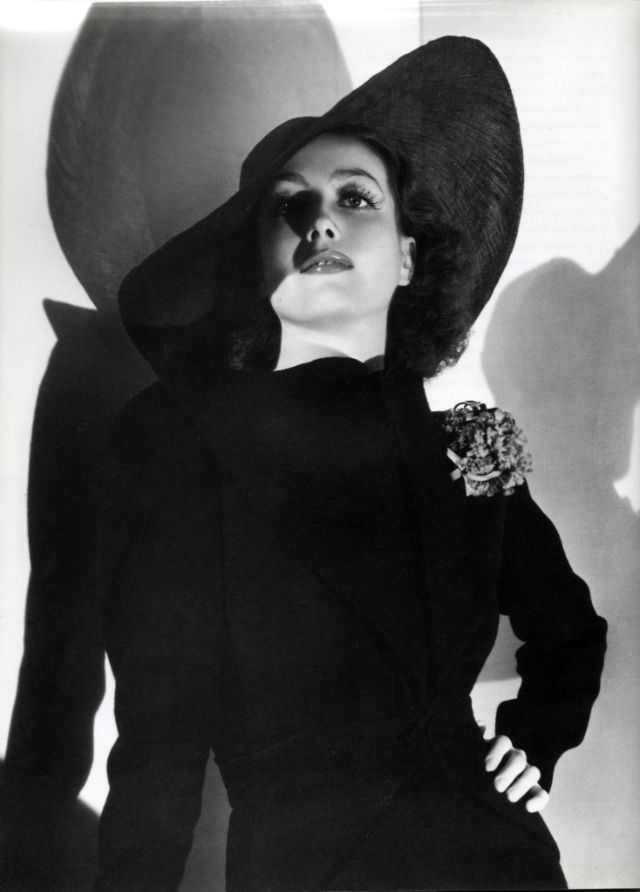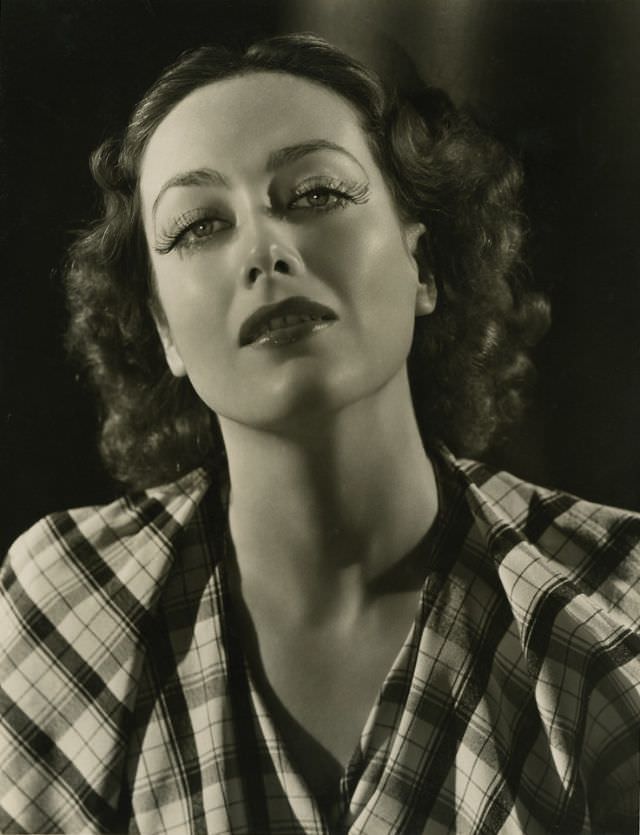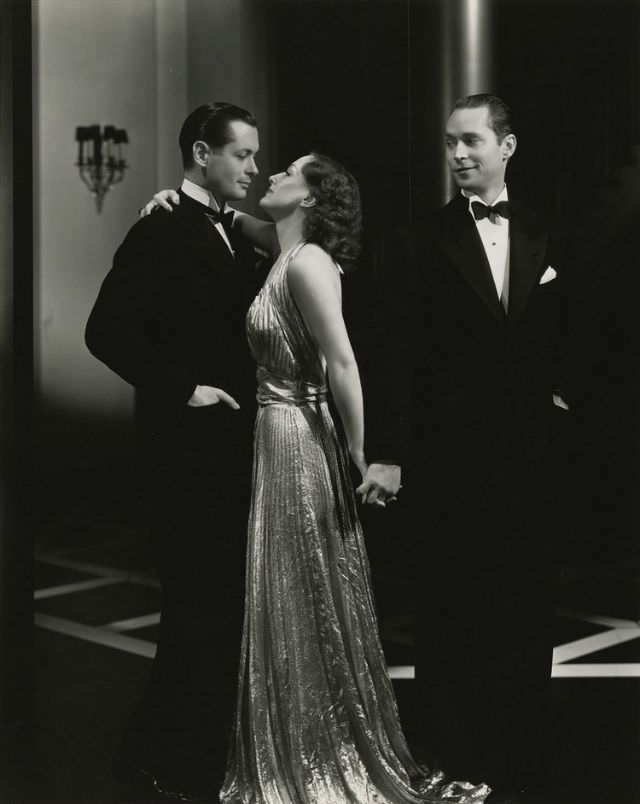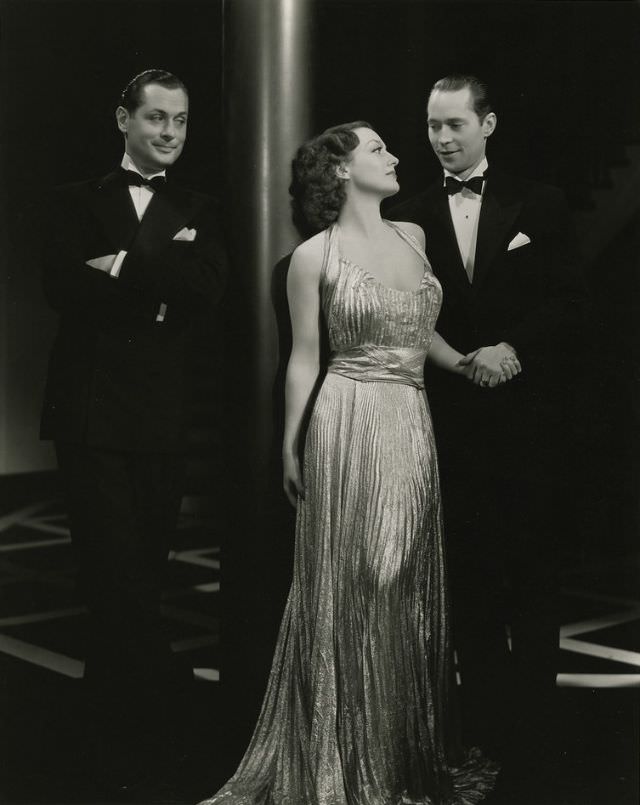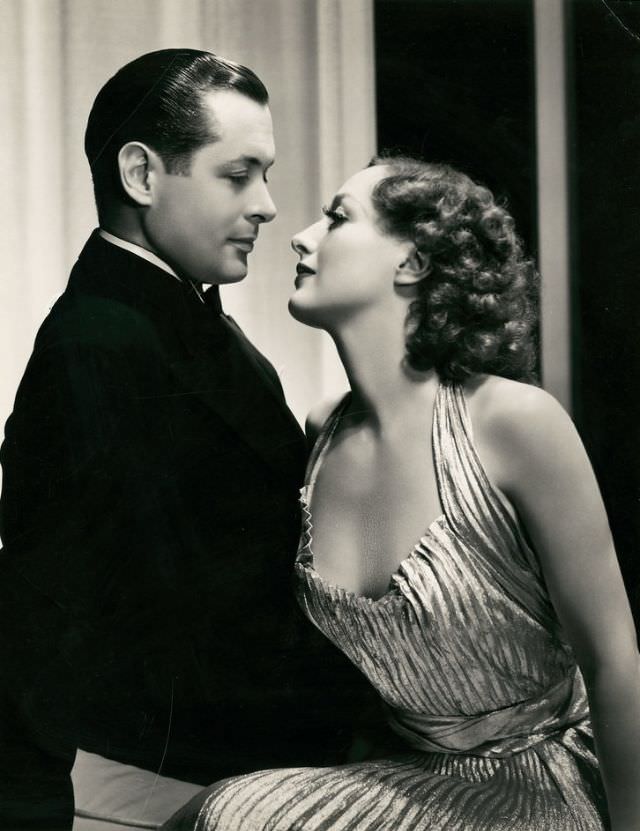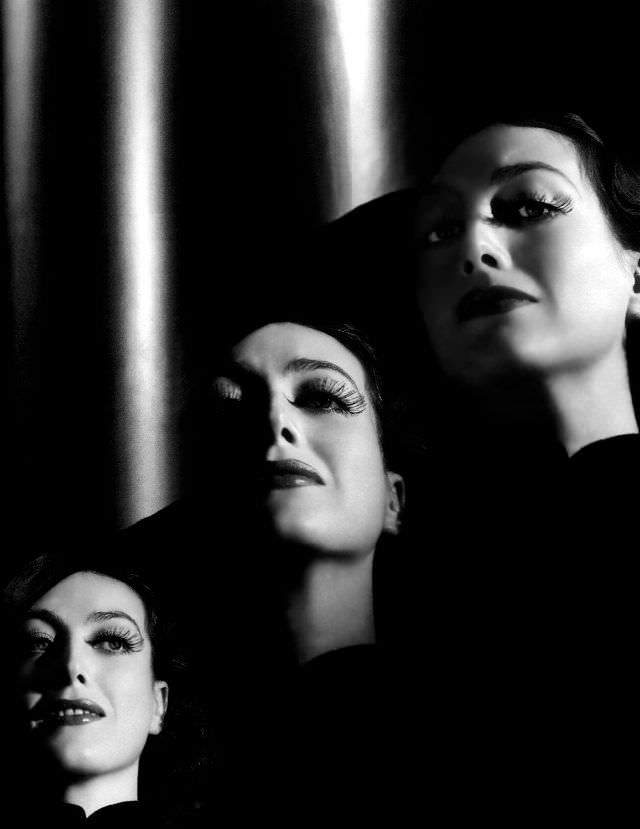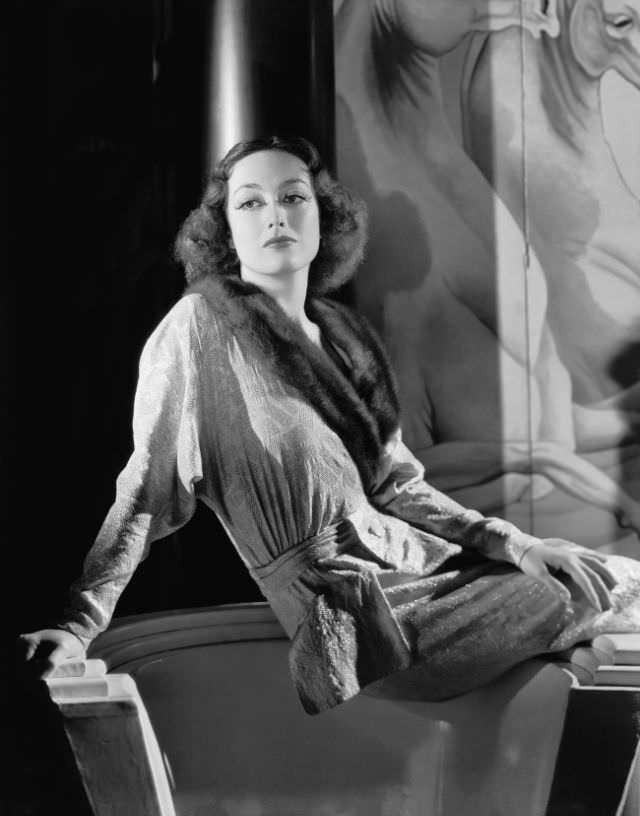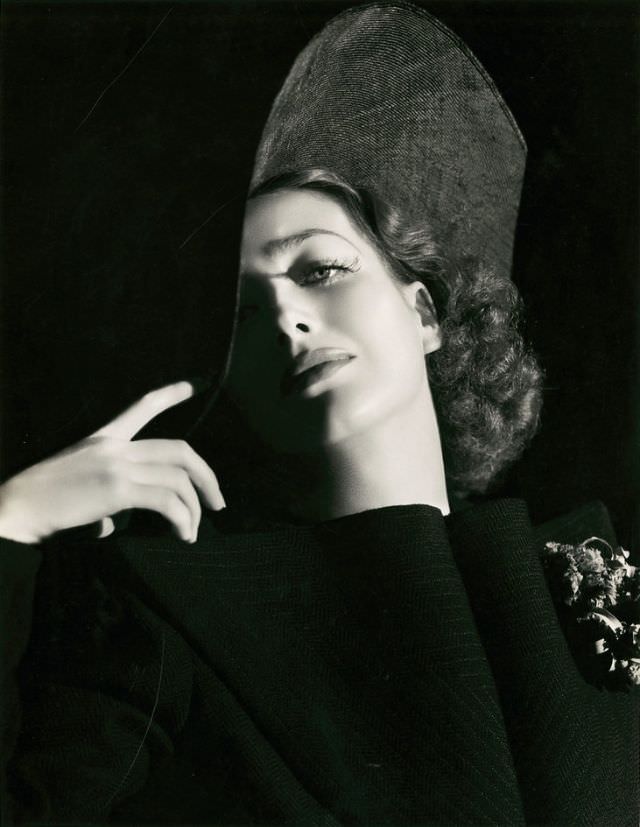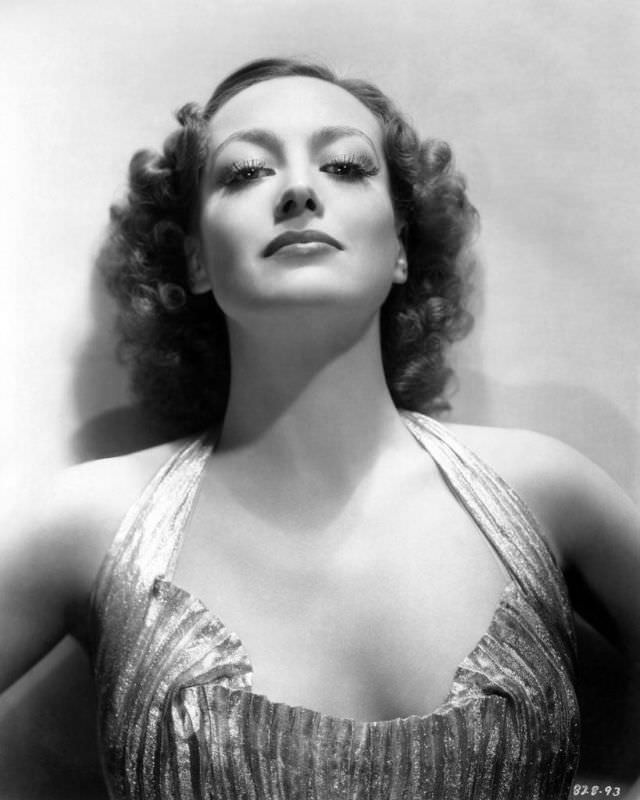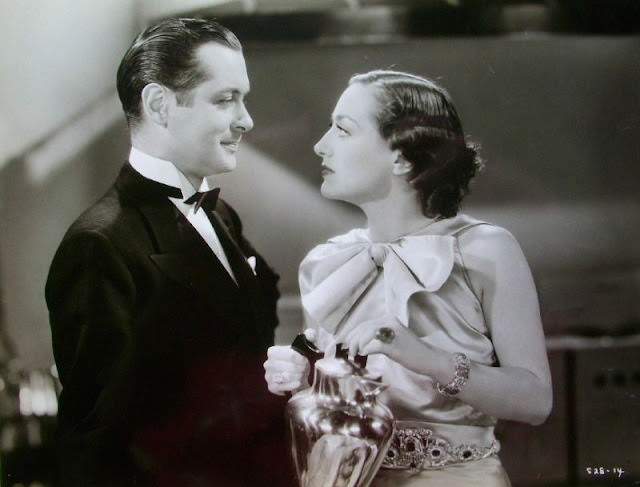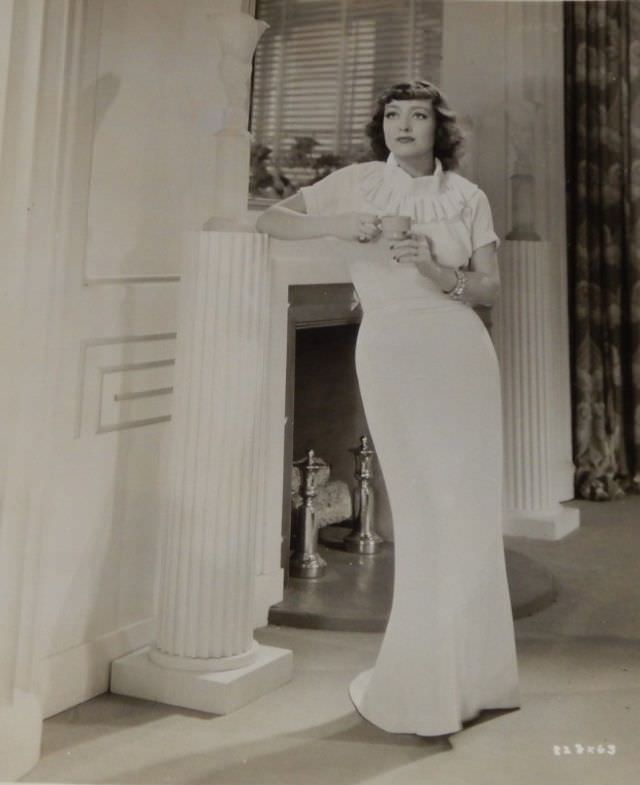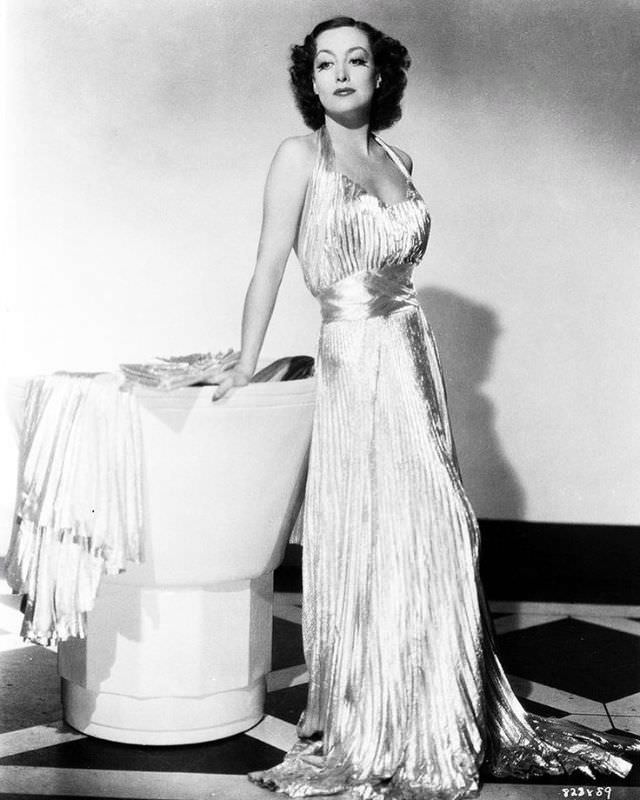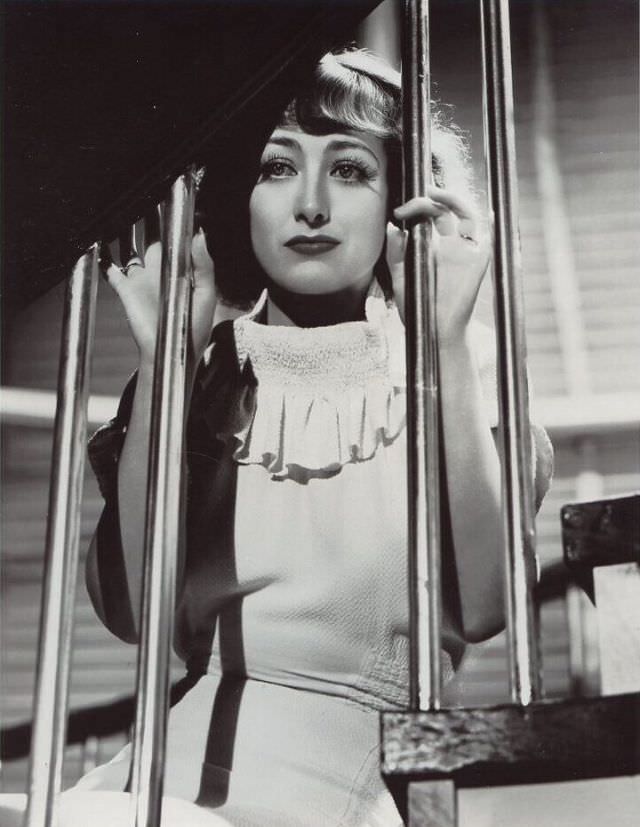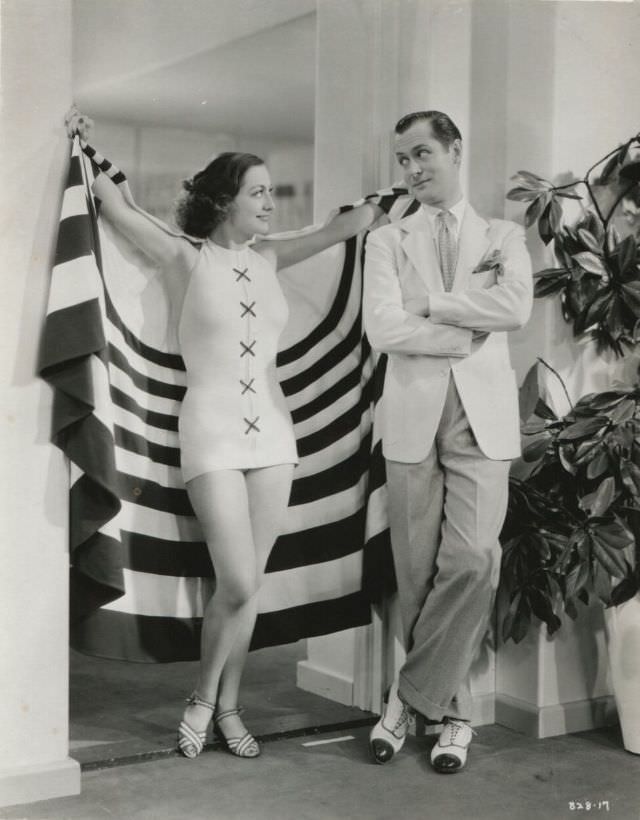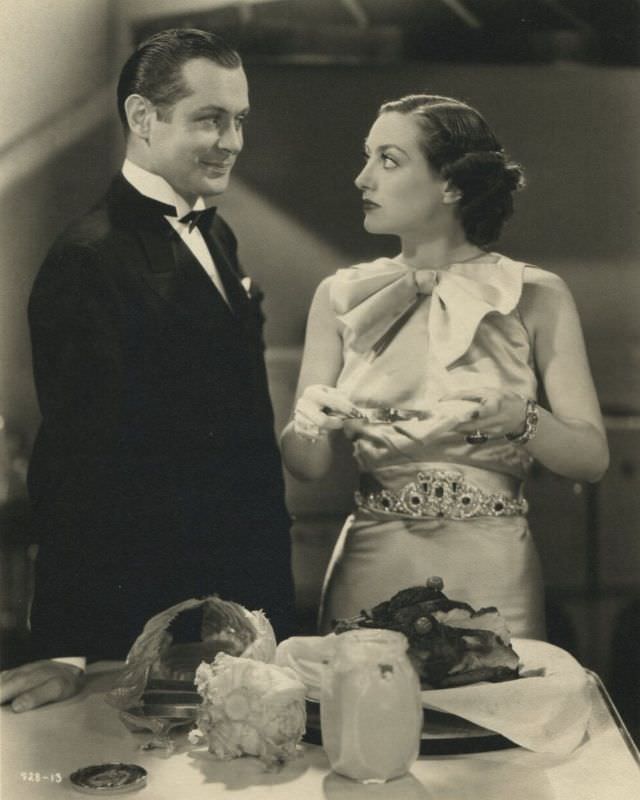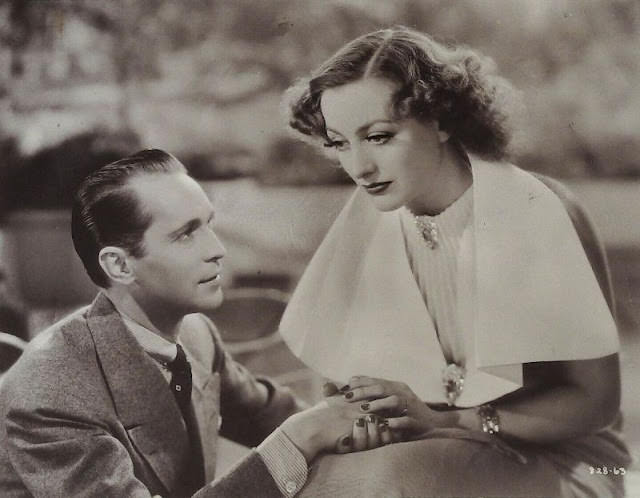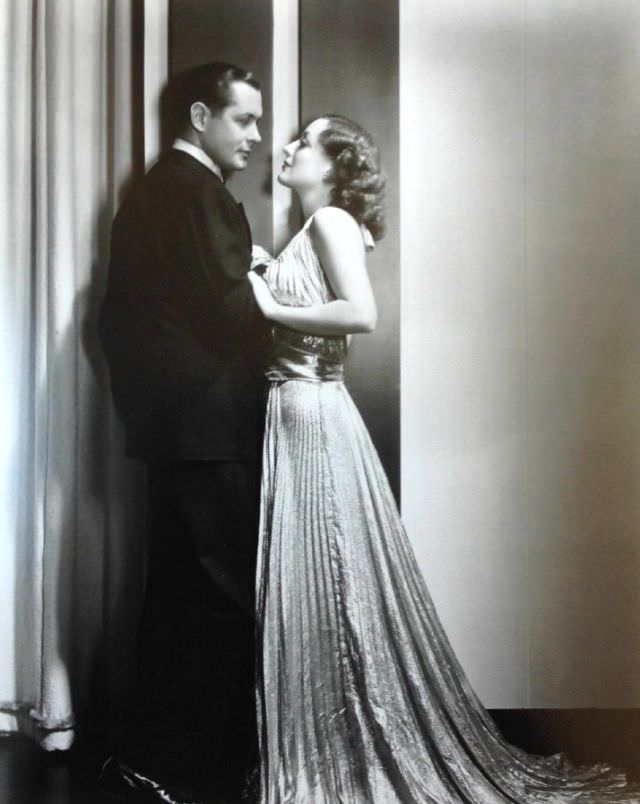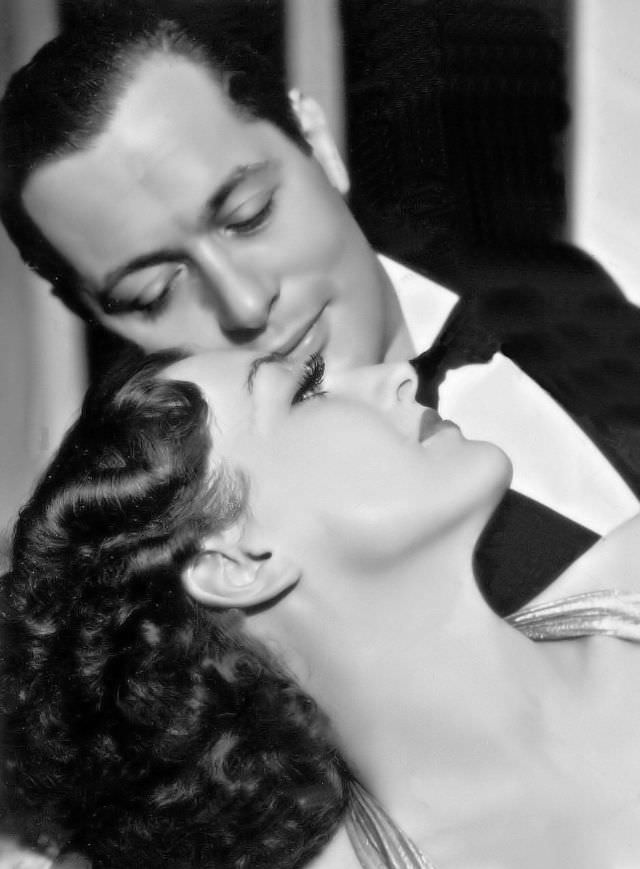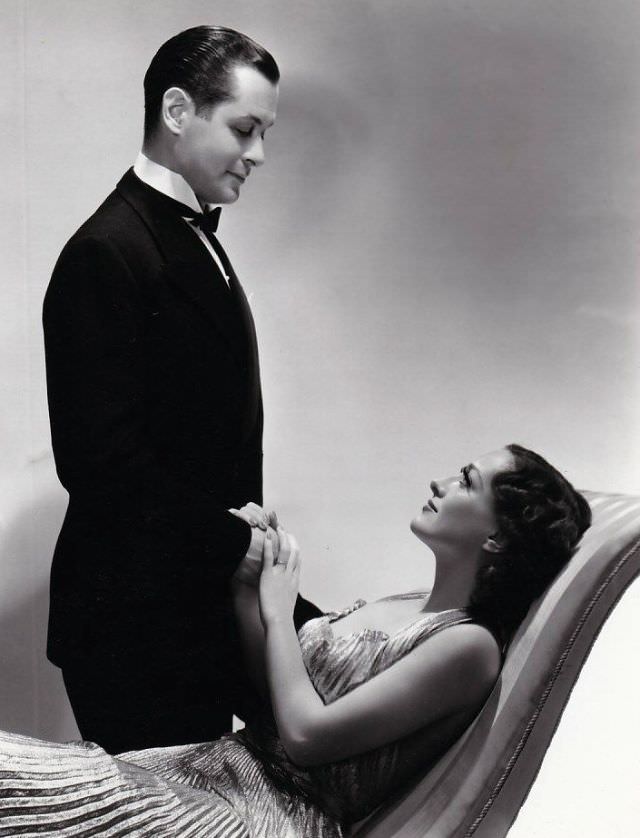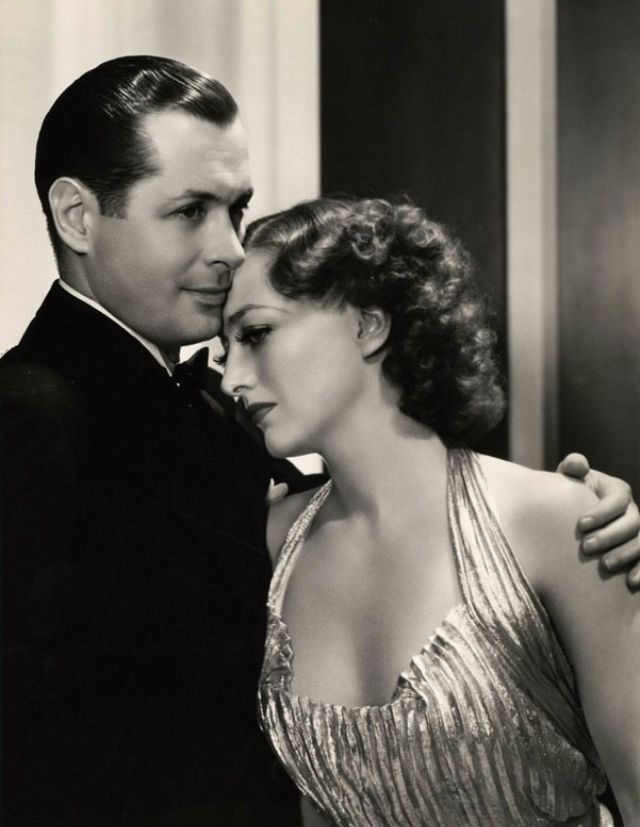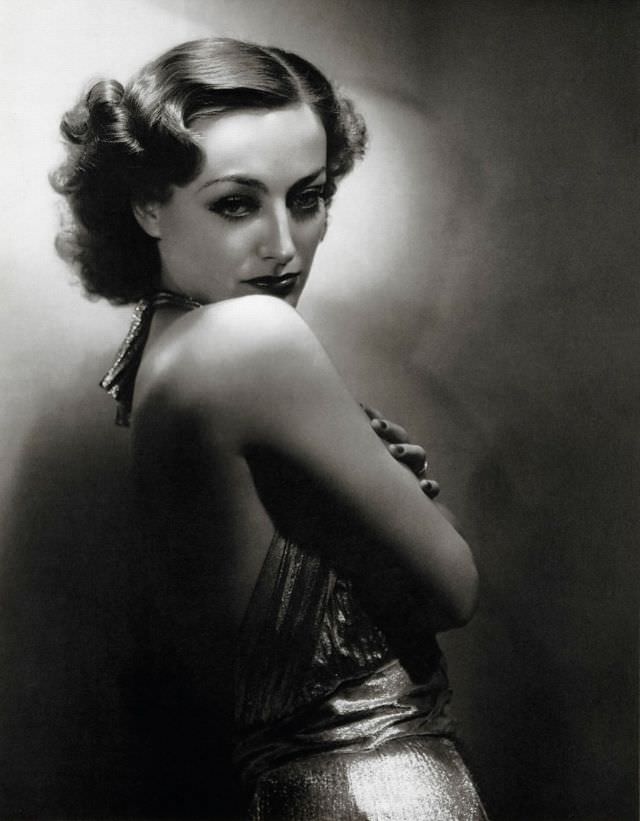Released in 1935, “No More Ladies” is an American comedy film that drew the audience into the complex world of love, marriage, and infidelity. Starring Joan Crawford, Robert Montgomery, and Charlie Ruggles, the movie was distributed by Metro-Goldwyn-Mayer (MGM). Based on a play by A.E. Thomas, it was helmed by director Edward H. Griffith, with some scenes directed by George Cukor. The plot revolves around Marcia Townsend (Crawford), who marries the womanizing Sherry Warren (Montgomery) in the hopes of changing him, only to host a party inviting all his past romantic interests to teach him a lesson.
Joan Crawford, one of the most iconic figures in Hollywood’s Golden Age, played the character of Marcia Townsend. Known for her beauty, versatility, and strong screen presence, Crawford was a natural choice for this role, which demanded a blend of elegance and emotional depth.
Prepping for the Role
In preparation for her role, Crawford was reported to have been deeply involved in the development of her character. She wanted to ensure that Marcia was not just another one-dimensional female character, but a woman of substance who would resonate with audiences. She reportedly collaborated closely with the writers, Donald Ogden Stewart and Horace Jackson, to infuse her character with complexity.
On-Set Atmosphere
The set of “No More Ladies” was buzzing with activity, with its star-studded cast and high production values. Crawford was known for her professionalism, and she brought this to the set every day. Despite the pressures of filmmaking, including long hours and multiple takes, she maintained her composure and focus, earning the respect of her co-stars and the crew.
Costume and Styling
The costumes for “No More Ladies” were designed by Adrian, MGM’s chief costume designer at the time. Crawford’s wardrobe, especially her gowns, drew significant attention. The actress herself took a keen interest in the designs, understanding that her costumes would add layers to her character. Each outfit was meticulously crafted to reflect Marcia’s high-society background and emotional state at various points in the film.
Crawford shared a good rapport with her co-stars, particularly Robert Montgomery, who played her husband Sherry. The chemistry between the two was palpable on screen, which can be attributed to their professional relationship and mutual respect for each other’s craft. Despite the changing directors and the atmosphere this could have created, Crawford was a unifying force on set.
The film did not come without its set of challenges. The original director, George Cukor, was replaced by Edward H. Griffith, leading to shifts in the storyline and characterization. Crawford navigated these changes with aplomb, adapting to the new directorial vision without compromising the integrity of her role.
During the filming, Crawford had reservations about certain aspects of the script, particularly in the early stages. However, her input was valued, and some changes were made to accommodate her vision for Marcia. Crawford was also noted for her enthusiasm and dedication, often being the first to arrive on set and the last to leave.


